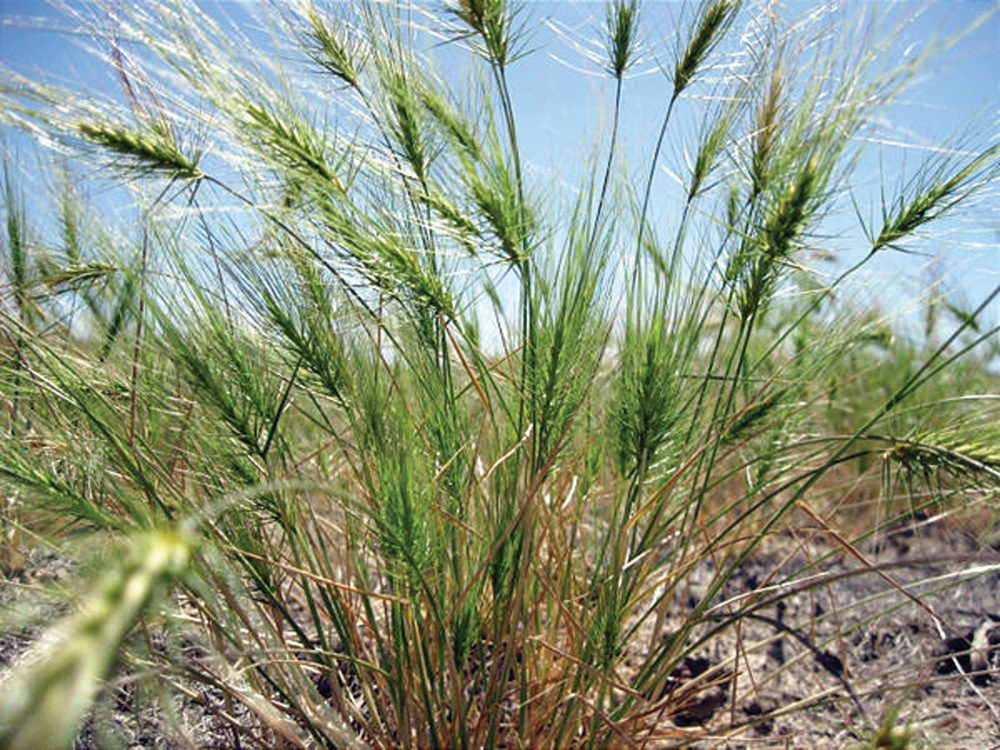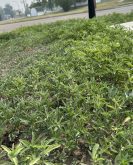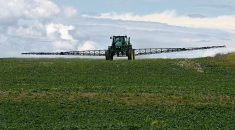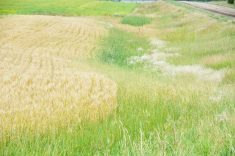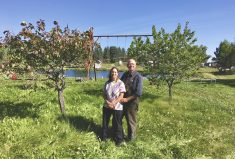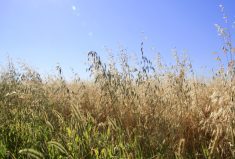Medusahead rye is a cool-season annual grass that is rapidly invading many northwestern U.S. states. It also has the potential to invade the Canadian Prairies because it can survive very cold winters and thrive in clay soils.
Similar in appearance to foxtail barley (although the seed head does not break apart at maturity), medusahead contains high levels of silica, making it unpalatable to livestock and greatly hampering its natural decomposition. Litter buildup creates a significant fire hazard, and frequent fires put native species at a disadvantage, as they are not as fire tolerant.
Read Also

Hail research hopes to benefit potato growers
Alberta research scientist measures hail storm and heat dome affects on potato crops
Its long strong awns can damage animals’ eyes and mouths, so any area infested with medusahead is undesirable wildlife habitat.
It typically germinates in fall, and the roots grow throughout the winter and have been known to grow 100 centimetres deep. This allows the plant to reach water deeper in the soil profile. It also has abundant fibrous roots near the surface, and often consumes virtually all the early rainfall before the native plants have a chance.
Currently, no herbicides are registered for control of medusahead in Canada. Glyphosate has been used in the U.S., usually in combination with a reseeding program. Researchers have found a controlled burn, followed by plowing or discing, and reseeding to be between 65 to 95 per cent effective in controlling medusahead in the following year. Research continues into a bacterial biocontrol that has shown great promise.
But the best option for control is to prevent establishment. Ensure pastures are healthy and not overgrazed, scout frequently, and eradicate it if you do find it. For more information on this or any invasive plant, contact your local Agricultural Fieldman or the Alberta Invasive Species Council.
By Sonja Raven, Certified agricultural fieldman, County of Grande Prairie

